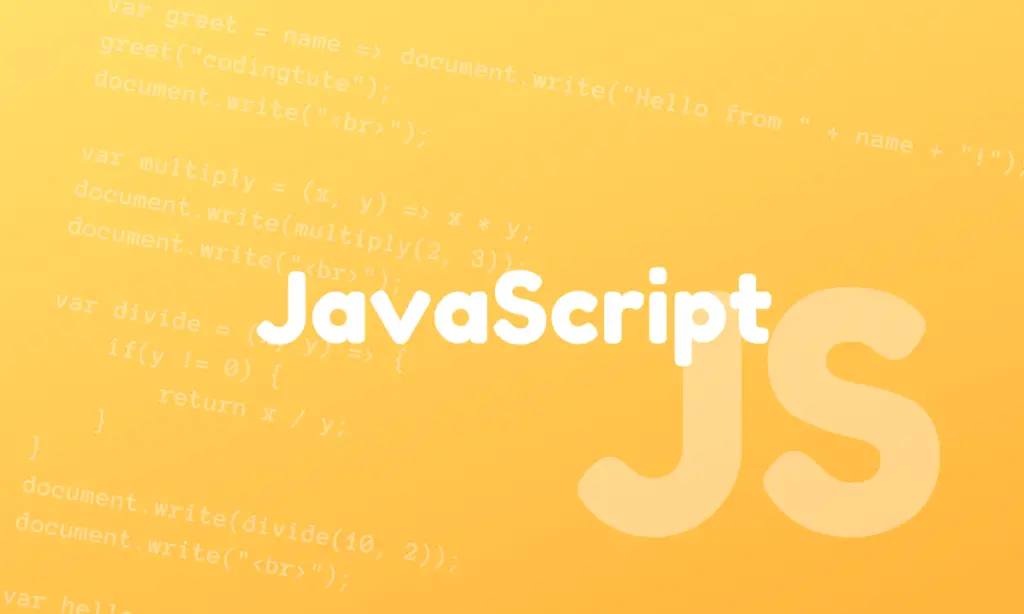In JavaScript, conditional statements allows you to execute different pieces of code based on whether a condition is true or false. There are several ways to implement conditional branching in JavaScript, including:
if statements: An if statement allows you to execute a block of code if a certain condition is true. For example:
let x = 10;
if (x > 5) {
console.log('x is greater than 5');
}
In this example, the if statement checks if the value of x is greater than 5. If it is, the code inside the curly braces is executed. If it is not, the code is skipped.
if...else statements: An if...else statement allows you to execute one block of code if a condition is true, and another block of code if the condition is false. For example:
let x = 10;
if (x > 5) {
console.log('x is greater than 5');
} else {
console.log('x is not greater than 5');
}
In this example, the if statement checks if the value of x is greater than 5. If it is, the code inside the first set of curly braces is executed. If it is not, the code inside the else block is executed.
if...else if...else statements: An if...else if...else statement allows you to check multiple conditions and execute different blocks of code based on the results. For example:
let x = 10;
if (x > 15) {
console.log('x is greater than 15');
} else if (x > 5) {
console.log('x is greater than 5 but not greater than 15');
} else {
console.log('x is not greater than 5');
}
In this example, the if statement first checks if x is greater than 15. If it is, the code inside the first set of curly braces is executed. If it is not, the else if statement checks if x is greater than 5. If it is, the code inside the second set of curly braces is executed. If neither of these conditions is true, the code inside the else block is executed.
You can find the complete JavaScript Tutorials here.
Follow us on Facebook, YouTube, Instagram, and Twitter for more exciting content and the latest updates.


